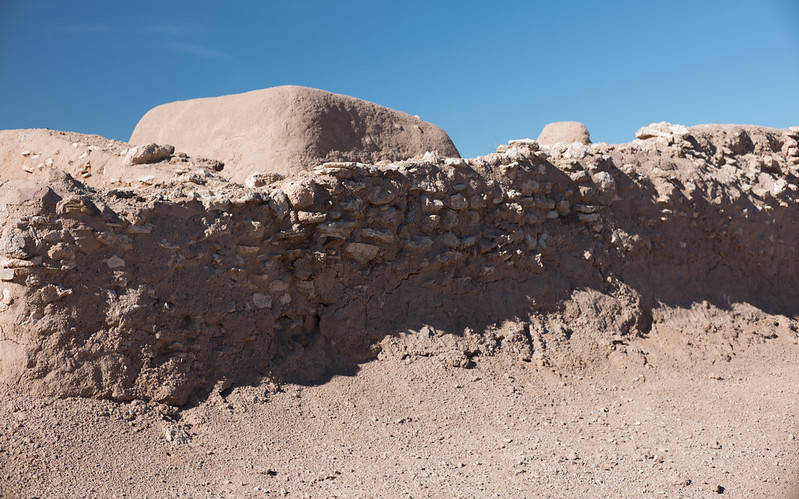Shinto, The Way Home
Excerpts from "Shinto, The Way Home" by Thomas P. Kasulis
To appreciate mystery one must respond both to it and within it. Sometimes the mysterious is like that forgotten presence. At other times though, the mysterious may be something new that seems to come forward behind the horizons of ordinary experience, calling attention to itself. I cherish such experiences precisely because they take me beyond the bounds of detached observation.
[…]
In Shinto spirituality, relatedness is often internal, not external. The sacred is approached not as something out there to be focused upon, but as something of which the person is already a part. One might think of contemplation or meditation as not approaching an object, but being open or sensitive to what is already present.
[…]
Our initial response to the awesome is to try to understand it, rather than to stand under it. Instead of filling us with the sense of humility before the unknown, awe has come to challenge us as only “the not yet known”. That is fine, but let us never allow the impulse to understand the firmament outshine the awe and wonder of simply standing under it, feeling ourselves to be inherently part of it and it part of ourselves.
[…]
Ecological awareness may arise from a nostalgia for a way of living in which humanity used to be a responsive part of nature, rather than its manager or exploiter. Etymologically, ecology means the study of home. Ecology is not about managing or controlling the world, but about feeling at home in it. The etymology of the word nostalgia is the ache to return home. And this ache to return home is the aspect of spirituality that Shinto so well exemplifies. We all probably remember feeling it at some point. If we should forget, the frogs of Futami will remind us.

Permanence
Excerpts from "Permanence" by Karl Schroeder
What's the difference between holding an object, say a cup, made by alien hands and a cup created out of nothing by the universe— by the ineffable?
[…]
An alien speaks, or a stone speaks— what's the difference? The experience is similar.
[…]
Our goal has always been to become one with our environment— to absorb its particular character, which we call the kami or spirit of a place. That experience is always an experience of union, of joining with the world that we're otherwise alienated from. I've experienced it on a hundred worlds, in places humans can only timidly tread. On Dis, though… On Dis I experienced not union but annihilation: my consciousness expanded and at first it was ecstatic, but the kami of the place were too alien and too strong. I could see myself, infinitely small and vulnerable, a stranger to this place and then even that was gone; I was swept away, becoming one with Dis and lost to my Self.
[…]
Humans think metaphorically. Most of our thoughts are built up of more primitive metaphors. Our most atomic metaphors are hard-wired in as a result of where we evolved. One of those hardwired metaphors is something we commonly call 'I'. It's the metaphor of self-as-object. Religions throughout history have tried to replace this primary metaphor with self-as-world, but it's very difficult unaided. Takes years of effort by specialists, because you're operating on basic neurological programming. By the twentieth century they had drugs that could explode the 'I' metaphor, but they didn't have the conceptual framework to understand what they were doing. We have it. NeoShinto is just a technology for replacing your 'I' with a perceived Other— what we call the kami. We attach no mythology or dogma to the experience. You're free to interpret it however you'd like.
[…]
They saw that they would rise and fall like every living form. So, instead of trying to extend their existence, like so many other species before and since, they looked to ways of preserving and nourishing an environment that would encourage the birth and growth of species similar to themselves. Cooperative, farsighted peoples.
[…]
Nothing's permanent. But everything can hand what's unique, what's best about itself, to what comes after.

Dust and Shadow Reader Vol. 2. Previous: great work. Next: aesthetic naturalism